News
Archaeologists mourn vandalism at President’s House, Temple Trees
View(s):By Kasun Warakapitiya
The historic President’s House, well over 200 years old, was at the centre of international attention this week after tens of thousands of protesters stormed the building last Saturday, occupied it and opened it for public view.
The occupiers eventually left the stately building on Thursday evening, but a trail of destruction was evident with damaged carpets, broken electric fittings, television sets, and other equipment. Several items, including cutlery, have gone missing.
On Friday, forensic experts and Criminal Investigations Department detectives moved in to investigate the damage. Police said they would make use of the CCTV footage available.
As the protestors took control, large crowds queued up to enter the building, but it is learnt that along with them several unscrupulous elements, too, had entered. With no one in control, they were a law unto themselves.
Some took pictures and selfies. But there were others who crossed the line. They slept on the beds, couches, and sofas and used the washrooms and the gymnasium.
Some people were seen pulling and touching the paintings which had remained untouched and were not even on display for the public, officials said.
The Archeology Department also expressed concern over the damage caused to the colonial-era buildings that were occupied by protesters and opened to public view.
Pointing out that archeologically important items, antiques, and cultural artifacts had been damaged in the President’s House and other state buildings that were stormed by the protesters, Archeology Department Director General Anura Manathunga called for speedy and effective measures to protect them from further damage and theft.
A group of Archeology Department officials and an Additional Secretary of the Ministry of Buddha Sasana, Religious and cultural affairs visited the President’s House on Tuesday to get a firsthand assessment of the damage.
When the building came to be occupied, Prof Manathunga appealed to the public not to remove or damage archeologically valued objects. He warned that under the Archeology Ordinance, the department had powers to take legal action against miscreants.
However, it appears that the appeal has gone unheeded, as some valuable items have gone missing. Even the railings of a sidewalk had not been spared.
Also vandalised was the Prime Minister’s official residence Temple Trees, a British colonial-era building that was used by a colonial secretary and later by two presidents.
Senior Archeology Department officials who visited the President’s House, the Presidential Secretariat and Temple Trees said the protesters who stormed the buildings had failed to take care of the buildings and their belongings. They said these buildings of historical value and national importance should not be subjected to vandalism.
One official said they only made observations but believed that a thorough investigation should be done to assess the full value of the damage. Speaking on anonymity, he said the President’s House red carpet was one of the oldest red carpets and an archaeological treasure dating back to the colonial era.
He said the carpet would be beyond repair if it continued to be trampled by thousands of people. The carpets at both the Secretariat and Temple Trees, too, have similar values.
The official said chairs belonging to the Dutch period and plates and cutlery sets belonging to different colonial periods had been taken out, frames of paintings broken, windows shattered and graffiti drawn on walls.
He said in some areas walls and the floor had been damaged by people looking for hidden passageways and secret rooms.
Protesters, however, said some furniture, vases and other items were damaged because the crowd was overwhelming.
Activist Buwaneka Perera said that after they took control of the buildings, they put different groups in charge of different sections of the building and told them to take responsibility to protect their belongings. However, the task became impossible when the crowds became unmanageable. 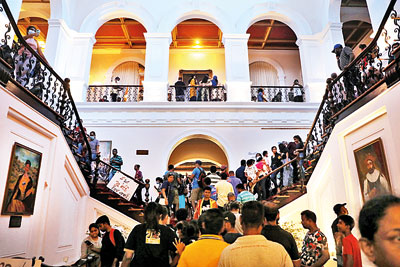
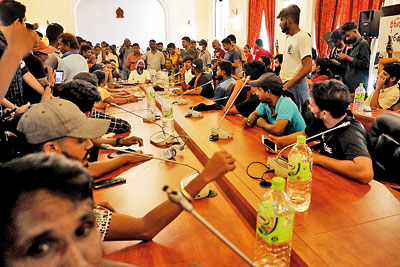
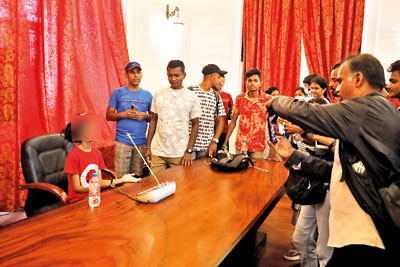
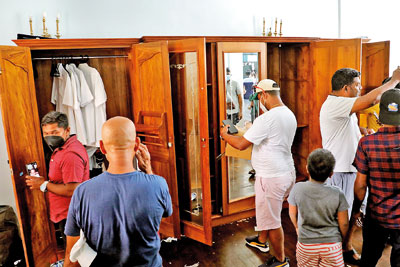
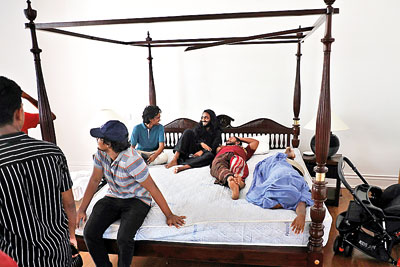
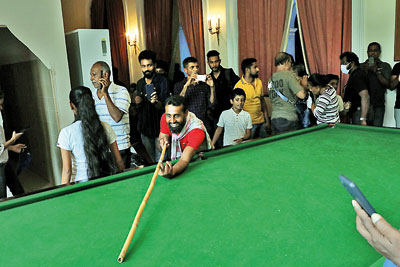
On the social media, some shared stories of how they spent time in the occupied buildings. Some took with them what they called souvenirs.
On Thursday, the Prime Minister’s office at Flower Road was stormed and occupied by the protestors.
Meanwhile, the Bar Association of Sri Lanka (BASL) said it was deeply disturbed at the occupation of the Prime Minister’s office by protesting crowds.
It called on the protestors to return the premises to the authorities immediately. It said the BASL would uphold the rights of peaceful protests but would not support a situation of lawlessness or anarchy which was unconstitutional. The association pointed out that attempts to occupy government offices or cause destruction did not constitute peaceful protests.
The crowds that swamped the centuries old building Pix by M A Pushpa Kumara
The room that wasn’t breached
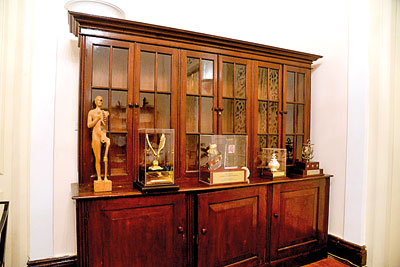
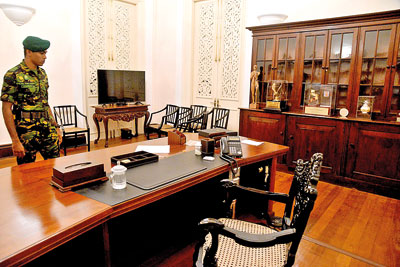
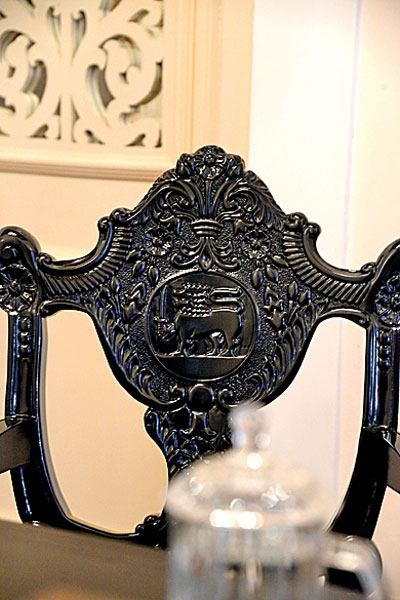
Various parties vandalised valuables, including paintings with archaeological significance, when anti-government protestors took control of the President’s House on July 9. However, no signs of damage were seen in the President’s office room area, and it was noted that some extremely precious items there remained undamaged. Pix by Indika Handuwala
Temple Trees
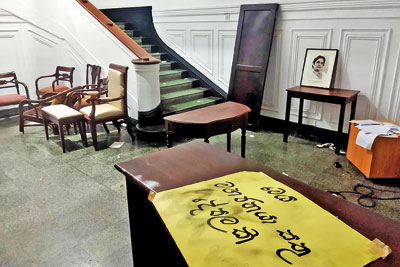
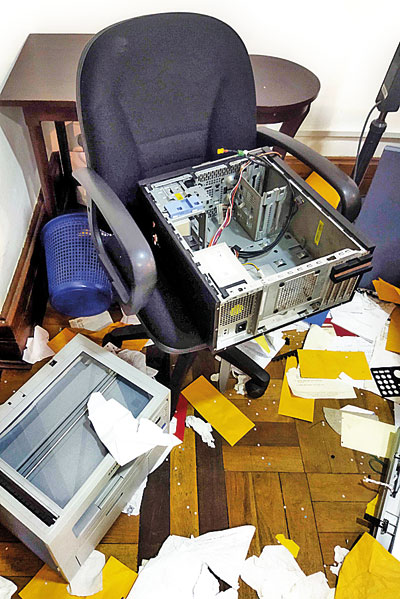
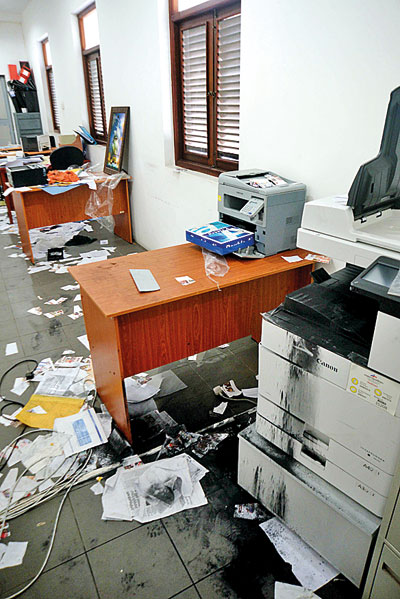
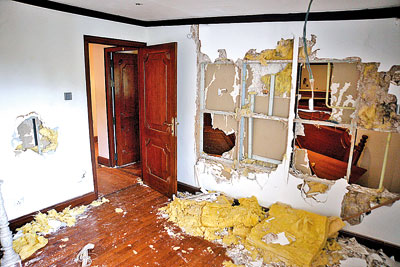
There were reminders, but they persisted Pix by Eshan Fernando
A brief history of President’s House
The building is associated with the Portuguese, Dutch and British eras.
The last Dutch Governor, Johan Van Angelbeek, built a two-storied residence on the site of the demolished St Francis’ Church, built by the Portuguese in the 16th century.
In 1804, Angelbeek’s granddaughter sold the building to the British Colonial Administration.
The building turned out to be the official residence of the Governor of Ceylon. In 1948 it became the official residence of the Governor General of Ceylon.
In 1954, Queen Elizabeth II stayed in the building during her royal visit to Ceylon.
Sir Oliver Goonetilleke took up residence at the Queen’s House after he became the first Ceylonese to be appointed to the post of Governor-General. In 1962, his successor William Gopallawa took up residence.
In 1972, when Sri Lanka became a republic, the house was renamed President’s House.
In the 1980s, President J R Jayawardene directed that the President’s House be renovated though he did not occupy the building.
Prime Minister’s Office
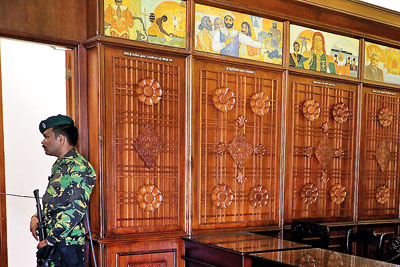
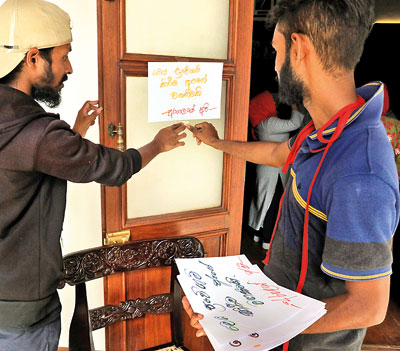
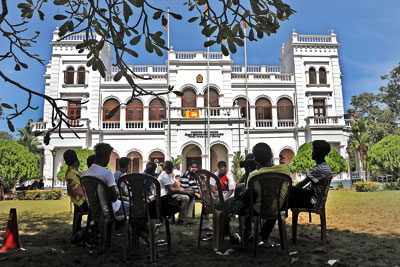
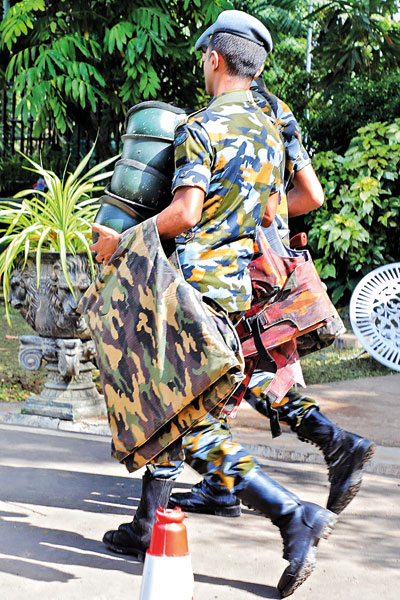
The best way to say that you found the home of your dreams is by finding it on Hitad.lk. We have listings for apartments for sale or rent in Sri Lanka, no matter what locale you're looking for! Whether you live in Colombo, Galle, Kandy, Matara, Jaffna and more - we've got them all!

